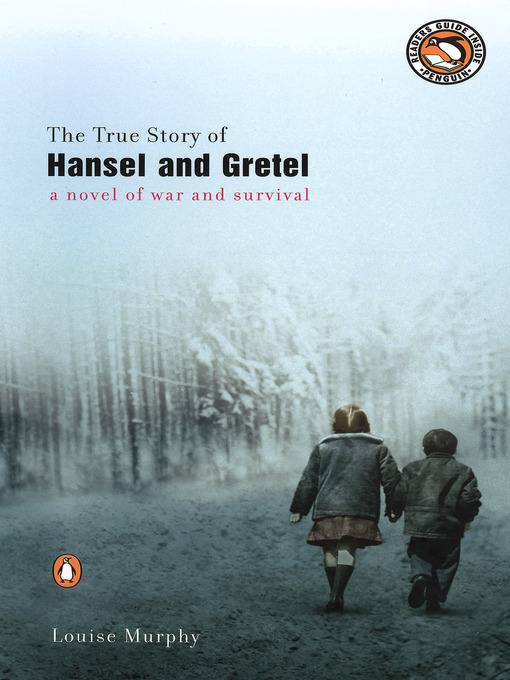A poignant and suspenseful retelling of a classic fairy tale set in a war-torn world, for readers of The Tattooist of Auschwitz, We Were the Lucky Ones, and Lilac Girls
In the last months of the Nazi occupation of Poland, two children are left by their father and stepmother to find safety in a dense forest. Because their real names will reveal their Jewishness, they are renamed “Hansel” and “Gretel.” They wander in the woods until they are taken in by Magda, an eccentric and stubborn old woman called a “witch” by the nearby villagers. Magda is determined to save them, even as a German officer arrives in the village with his own plans for the children. Louise Murphy’s haunting novel of journey and survival, of redemption and memory, powerfully depicts how war is experienced by families and especially by children.
- New eBook additions
- Available now
- New kids additions
- New teen additions
- Try something different
- See all ebooks collections
- Full Cast Audiobooks
- Love Stories to Listen To
- Listen While You Run - Audiobooks for Workouts
- New audiobook additions
- Available now
- New kids additions
- New teen additions
- Try something different
- Most popular
- 2024 Youth Media Awards
- See all audiobooks collections
- News & Politics
- Celebrity
- Home & Garden
- Health & Fitness
- Tech & Gaming
- Fashion
- Family & Parenting
- Travel & Outdoor
- Sports
- Business & Finance
- Photography
- See all magazines collections



